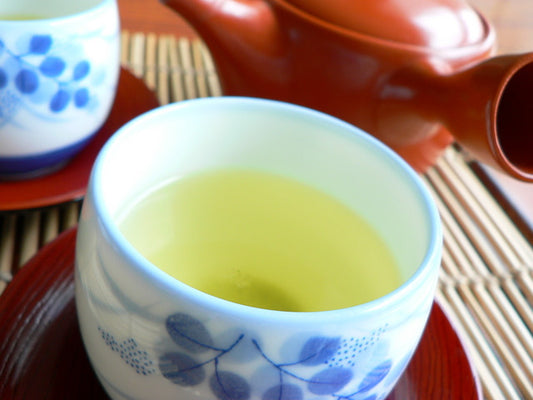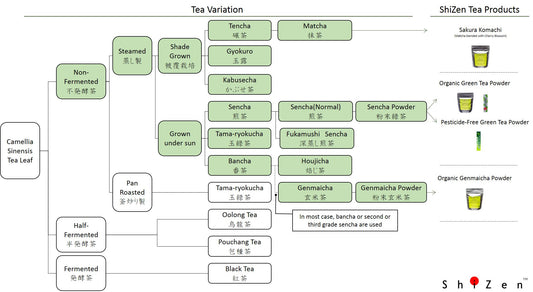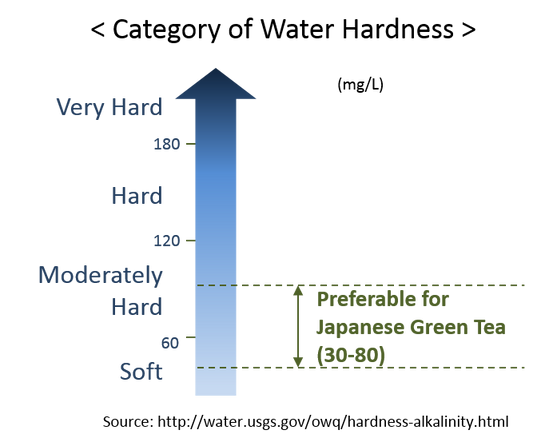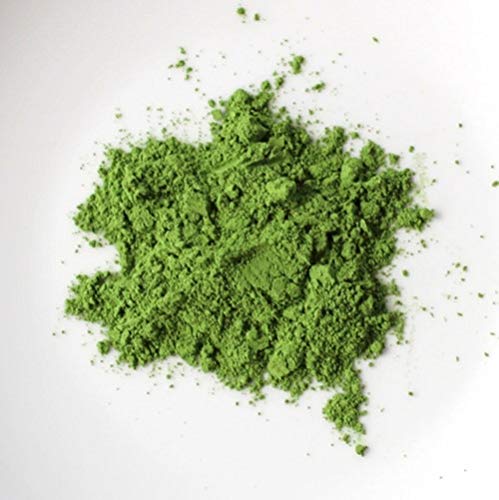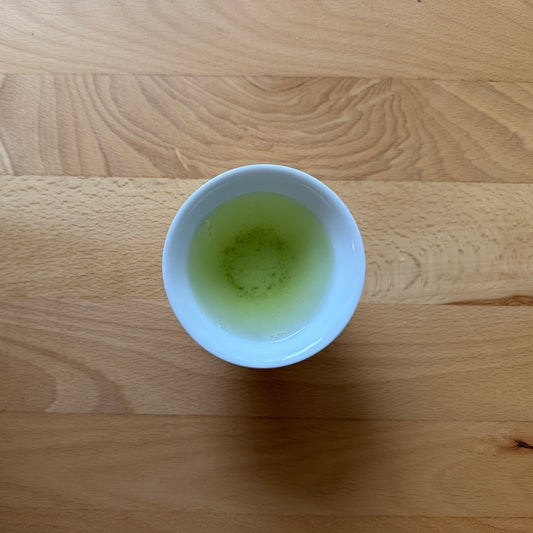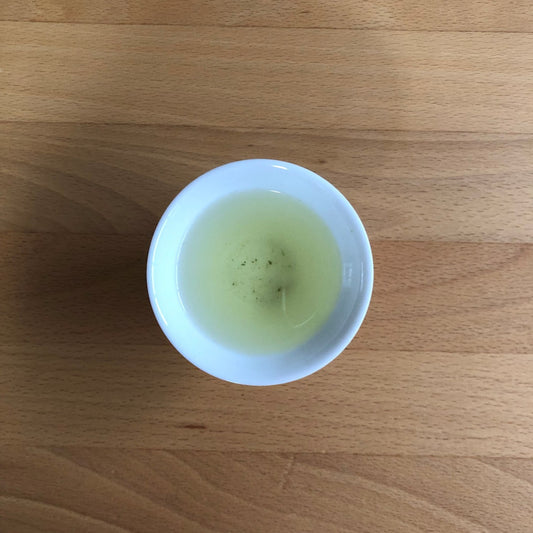The History of Sayama Tea: From its Origins to the Present Day, and the Secrets of its Flavor
Sayama tea is a brand of tea that Saitama Prefecture proudly boasts. Its deep flavor and rich aroma have been nurtured over a long history. This report traces the origins of Sayama tea, its positioning during the Edo period, the historical background of the factors that determine its characteristic taste, and the changes in the number of tea farmers and cultivated land area.
[AD 1185-1573] The Dawn of Sayama Tea: Trials from the Kamakura to Sengoku Periods
The origins of Sayama tea date back to the Kamakura period (1185-1333). According to popular belief, it began when the high priest Eisai brought tea seeds back from China, and Myōe Shōnin attempted to cultivate them in Kawagoe, Musashi Province (present-day Kawagoe City). Another theory suggests that Jikaku Daishi Ennin brought tea seeds from China and planted them on the grounds of temples in Musashi Province.
During the Muromachi period (1336-1573), tea cultivation took place around the present-day Sayama Hills, and it became known under brand names such as "Kawagoe-cha" and "Jikō-cha." These teas gained such high acclaim that they were ranked alongside Uji tea from Kyoto and "Omuro-cha" from Ninna-ji Temple. Unlike modern sencha, tea at that time was strongly associated with medicinal and ceremonial uses and is thought to have spread primarily among the samurai class and at temples and shrines. However, amidst the turmoil of the subsequent Sengoku period (Warring States period, 1467-1615), these tea-producing areas temporarily declined.
Since this was before sencha was invented, there is no certain information regarding the type of tea from this period. However, it is presumed to have likely been pan-fired tea or simple home-made dried tea.
[AD1603-1868] Revival in the Edo Period and the Establishment of "Sayama-biire"
It was not until the late Edo period (1603-1868) that tea production in the Sayama Hills, which had long been discontinued, was earnestly revived. Pioneers such as Yoshikawa Yoshizumi, Murano Morimasa, and Sashida Hanemon made significant contributions to this revival. They introduced the Uji method (steamed green tea production which we call it SENCHA), which was the latest tea-making technology at the time, and succeeded in mass-producing high-quality tea.
Although detailed records are scarce regarding what kind of tea was made in the Sayama region (or the areas of its predecessors, Kawagoe-cha and Jikō-cha) before the introduction of the Uji method (which we call it SENCHA), pan-fired tea and simpler, home-made dried teas were common in Japan at the time. The Uji steaming method was a revolutionary technique that suppressed the oxidation of tea leaves, bringing out a vivid green color and rich flavor, which dramatically improved the quality of Sayama tea.
Furthermore, the unique firing (drying) technique called "Sayama-biire," which can be said to be the most distinctive feature of Sayama tea, was established during this period. This involves applying slightly stronger heat during the finishing process of the tea, thoroughly removing moisture to enhance preservation while also creating a unique roasted aroma and a rich, sweet taste. As sung in the tea-picking song, "Shizuoka for color, Uji for aroma, but Sayama for taste (Iro wa Shizuoka, kaori wa Uji yo, aji wa Sayama de todomesasu)," this Sayama-biire technique formed the uniquely strong and full-bodied flavor of Sayama tea.
In Edo (present-day Tokyo), with the support of tea merchants like "Yamamotoyama" in Nihonbashi, Sayama tea gained a high reputation as a luxury tea. Records also show that the lord of Kawagoe Domain, Matsudaira Yamato-no-kami, was fond of Sayama tea and purchased it. However, clear primary historical materials confirming whether it was formally presented as a gift to the Tokugawa Shogunate have not been identified to date. For commoners, high-quality Sayama tea remained expensive and is thought to have been enjoyed mainly by the samurai class and wealthy townspeople.
What we heard from several Sayama tea farmers, the Sayam-biire was also made due to the water quality in the Sayama region. The water in the Sayama region, when compared to other tea-producing areas like Shizuoka and Uji, was not considered very compatible with tea (it wasn't as clean/pure). Therefore, by applying a stronger firing process, they crafted a flavor that would not be overpowered by the water.
Historical Background of Factors Determining Flavor
The flavor of Sayama tea is formed by a complex interplay of multiple factors nurtured throughout history.
-
Climate and Topography: The Sayama Hills have a relatively cool climate for a tea-producing region. This cold weather causes the tea leaves to grow thick, allowing them to accumulate ample umami components such as amino acids. Tea leaves that have survived the harsh winter cold produce a rich and powerful flavor.
-
Sayama-biire: As mentioned earlier, the unique strong firing process brings out the characteristic roasted aroma, sweetness, and deep richness of Sayama tea.
-
Varieties: The introduction of superior tea "genes" from Uji during the Edo period laid the foundation for quality improvement. Since modern times, variety improvement has progressed. For example, in addition to "Yabukita," Saitama Prefecture's own cultivated varieties such as "Sayamakaori" and "Fukumidori," as well as the historic "Kanayamidori" variety, are cultivated, each contributing to the diverse flavors of Sayama tea.
-
Cultivation and Production Techniques: The Kanto loam layer, a volcanic ash soil, has good drainage and is suitable for tea cultivation. In the past, there were also ingenious methods of planting tea bushes on ridges (keihan) to prevent wind erosion. Based on the Uji method introduced in the Edo period, the experience and techniques cultivated by each farmer over many years produce high-quality tea.
Changes in Farmer Numbers and Cultivated Area: A Tea Industry Passed Down Through Turbulent Times
Although accurate statistical data on the number of farmers and cultivated area during the Edo period are scarce, it is presumed that thanks to the efforts of Yoshikawa Yoshizumi and others, a mass production system was established, and tea plantations spread throughout the Sayama Hills.
Entering the Meiji period (1868-1912), the demand for tea as a major Japanese export increased, and Sayama tea production also expanded. However, thereafter, due to intensified competition in overseas markets and changes in the domestic economic situation, there were shifts to sericulture, and the tea plantation area repeatedly increased and decreased.
During the Taisho period (1912-1926), the introduction of tea-making machinery progressed, improving production efficiency. However, the Showa Depression in the early Showa period (1926-1989) and World War II dealt a major blow to the Sayama tea industry. Particularly during the war, food production was prioritized, and tea plantations were converted to potato fields, significantly reducing the cultivated area. For example, records indicate that the cultivated area, which was about 1,400 hectares in the mid-1930s, decreased to about 938 hectares by 1945 (direct source confirmation for this figure was difficult, but it is mentioned in multiple documents).
After the war, along with Japan's economic recovery, Sayama tea also made a comeback. Exports to the United States were also carried out, and Saitama Prefecture formulated the "Sayama Tea Production Increase Five-Year Plan," promoting the expansion of tea plantations and quality improvement. In 1950 (Showa 25), the "Saitama Prefectural Tea Industry Association" was established, and producers and tea merchants worked together to promote Sayama tea.
However, since the period of high economic growth, the industry has faced challenges such as urbanization leading to residential development, a shortage of successors, and a lack of labor. While the tea plantation area has tended to decrease again, new initiatives are also underway, such as shifting to a quality-oriented production system, developing tourist farms, and creating products that meet diverse needs.
Currently, the main production areas for Sayama tea are Iruma City, Tokorozawa City, and Sayama City. Many farmers, though small-scale, continue to produce unique teas through a system of "Jien-Jisei-Jihan" (own cultivation, own production, own sales). Sayama tea, which has overcome numerous difficulties throughout its long history and has continued to protect its tradition and flavor, is still loved by many people today.


